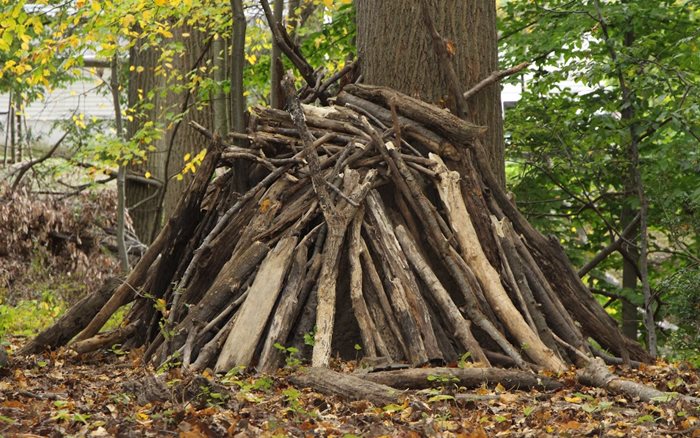This moment occurred on a long, hot field day while my third grade students and I were returning from a nearby park to school and several of them complained about the heat and wanted to dump their water on their heads. Other teachers had prohibited them from doing so to conserve drinking water while they were away from school. But I figured we’d be able to get more water soon, so I joined their chorus of complaints, unscrewed my bottle top, and dumped some water on my head. The students roared with laughter and followed my lead. Soaking wet, one of my students exclaimed, “Mr. Haber, that’s why you’re the best!” It was a compliment—and usually, I would have appreciated such a statement—but it didn’t sit well with me that day. I had just accepted my first head teaching position for the following school year, and I wanted to be taken seriously by my colleagues, the students, and the parents. All I internalized from her comment was that my teaching wasn’t what made me the best.
In the following weeks and months, I began questioning my teaching practices and whether I was focusing too much on fun. I started prioritizing content, eliminating downtime at the beginning of class and in between activities. I became stricter about behavior. I shifted to pedagogy-driven lessons with more quiet independent work. But now, after a year at home, observing my daughter in virtual kindergarten, and reading books about education and how children learn, I see that my efforts to better focus on curriculum missed the mark. It has led me on a journey to reflect on my teaching practices and evaluate the changes I’ll make this year.
Gaining Perspective
Last school year I stayed home with my young kids—including a daughter, who was in kindergarten. As she logged into Zoom each day for school, I began to witness schooling through a new lens: the eyes of a parent. I wanted my daughter to learn, but at the end of each day, I found myself caring more about her well-being and her learning experience being an enjoyable one.Over the year, as we continued in virtual fashion, I read a variety of books about education. A message from Thomas C. Murray’s Personal & Authentic stuck with me: “When we become more concerned about what we teach than who we teach, we have lost the purpose of the work.” Reflecting on this, I wondered, Had I become so focused on curriculum that I had sacrificed deep connections with my students and the joy of learning that comes from those connections? Time for fun had dwindled.
I started thinking back through our social study units and how these teaching approaches had played out. In one unit, we learn about the Lenape American Indians and build shelters in the woods using the same techniques as the Lenape. Earlier in my career, I gave students an extra day or two to enjoy the shelters, explore the area, and add walking paths, gardens, fire pits, and decorations. But when my attention shifted to academic content, I cut those days to make room for an additional writing assignment about the Lenape. I thought that something focused on fun and play couldn’t be as important as writing skills. As I return to the classroom this year, I plan to reintroduce the playtime after the shelters are built. To do so, I’ll have to adjust for time in other parts of the curriculum. But it will be worth it—there’s value in the students playing in their shelters. In addition to all the new connections and realizations they make, it teaches them the importance of enjoying the fruits of their labor. That’s something that adults don’t always take the time to do.
Coming Full Circle
This reflection has led me to consider other changes for the upcoming year. I know how much kids like to talk to each other, laugh, and have fun, and I want to purposefully foster those moments. By extending projects and lessons, I can allot more time for group discussions. And at the beginning and end of class, I can add a few minutes to intentionally provide students with time when a teacher isn’t asking them to do work, but instead having fun with them. I hope they can just be themselves and bring more joy back into the classroom.As teachers, we must remember that we don’t just teach math, music, or digital literacy. We teach kids. Those kids need a reason to care about what we’re teaching them. Grades and parental pressure are often not effective motivators; having true relationships with teachers and having fun while learning are excellent ones. I enjoy what I do every day, and every child should be able to say the same.
A year away from the classroom and some new perspectives have led me to evaluate my teaching practices. Perhaps I’ve come full circle. Small moments of connection and joy truly matter. If a student tells me that something silly I did was the best part of their day, I’ll drive home with a smile.

A Lenape-style shelter built by Haber’s fourth grade students.
